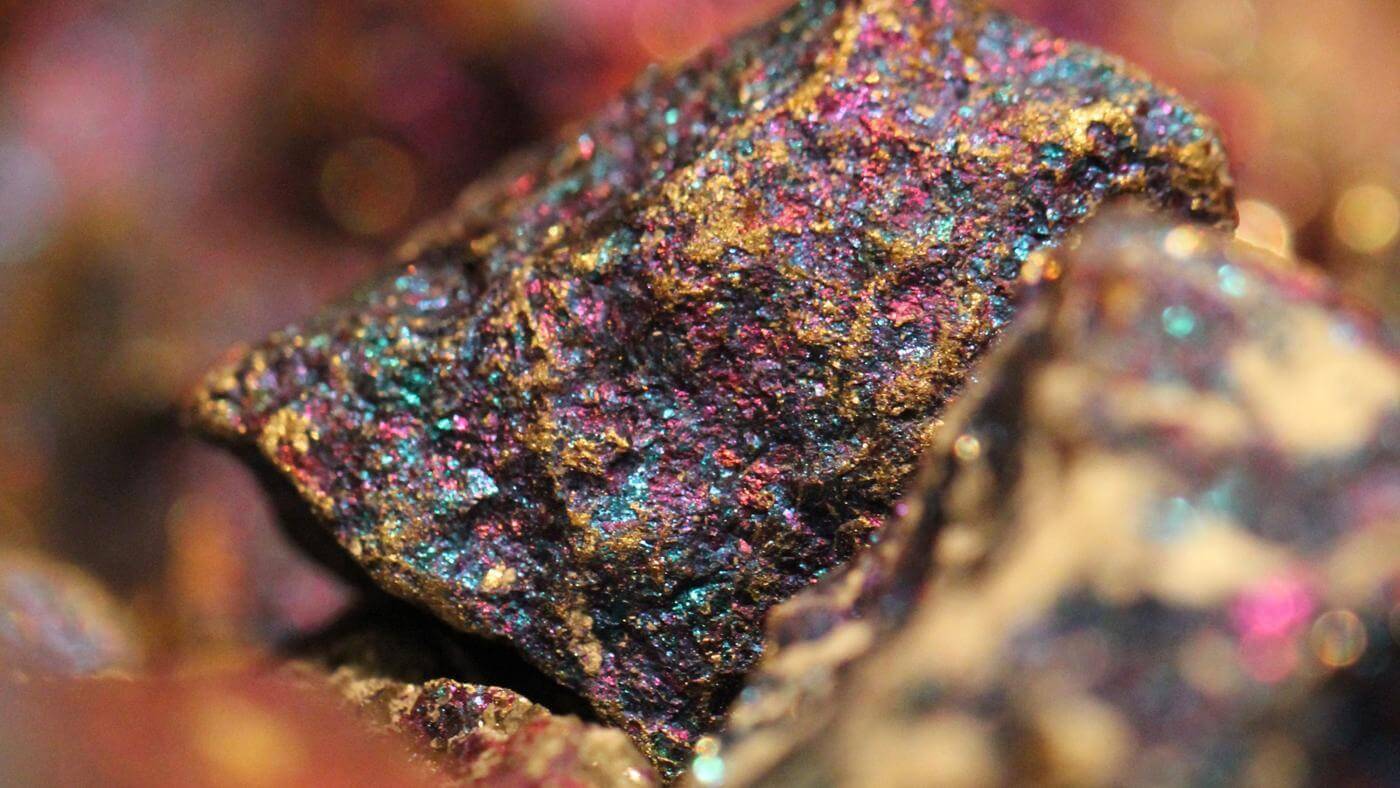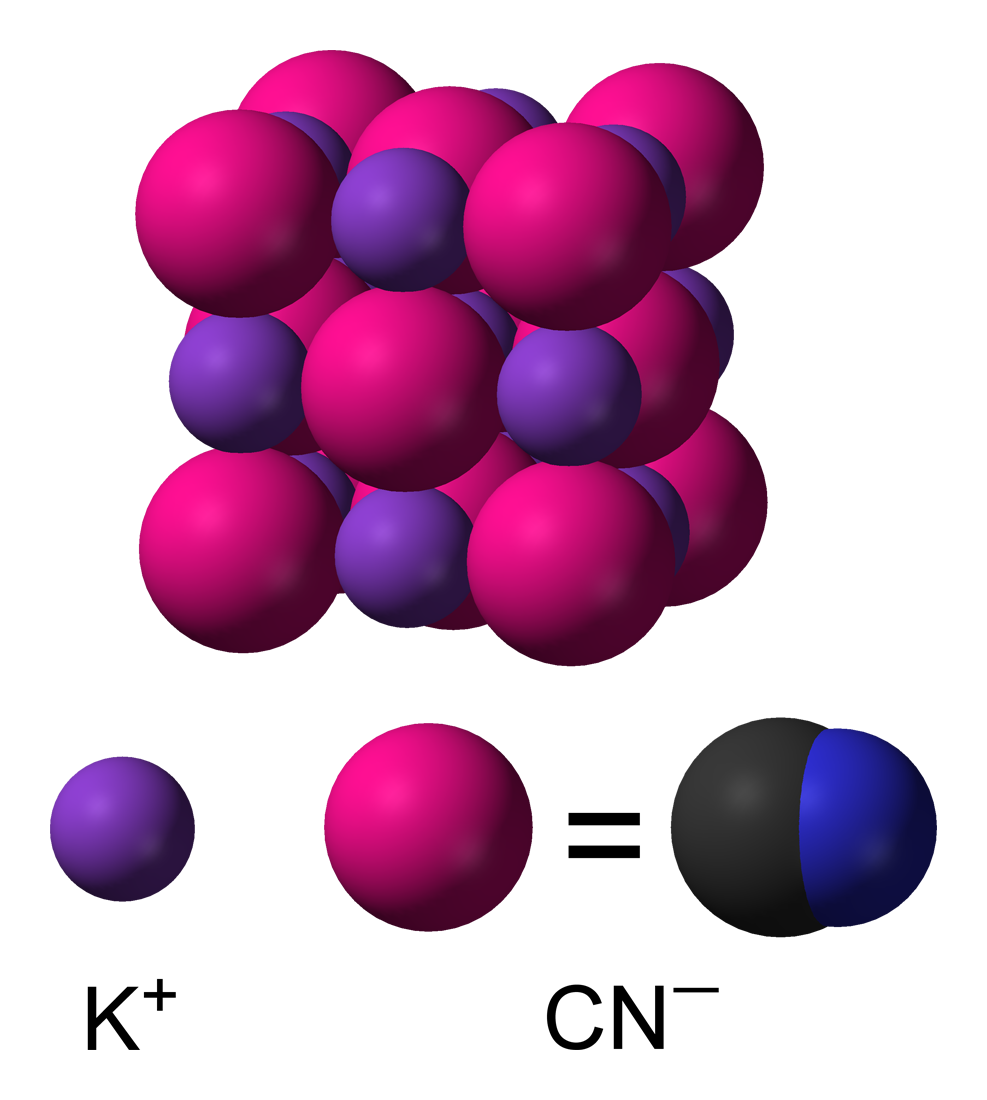Table of Contents
Cyanogen and gold unite in two proportions, forming aurous and auric cyanides, but the latter is only known with certainty in combination.
Aurous Cyanide, AuCy, is obtained by heating aurocyanide of potassium, KAuCy2, with hydrochloric or nitric acid and washing with water. It is a lemon-yellow crystalline powder, insoluble in water, and unaltered by exposure to air. It is decomposed by heat, yielding metallic gold and cyanogen, and is soluble in ammonia, in yellow ammonium sulphide, in alkaline cyanides, and in hyposulphite (thiosulphate) of an alkali. It is unattacked by the mineral acids, except by aqua regia, but is decomposed when boiled with potash, metallic gold being thrown down and aurocyanide of potassium formed.
Aurocyanide of Potassium
Aurocyanide of Potassium, K AuCy2, is obtained by crystallisation from its solution, which is prepared by dissolving metallic gold, auric oxide or aurous cyanide in a solution of potassium cyanide. It is also formed by adding potassium cyanide to an acid solution of gold trichloride. It forms a colourless solution in water, from which it can be crystallised as colourless, transparent rhombic octahedra. Cold water dissolves 15 per cent., and boiling water twice its weight of the salt. The aqueous solution, especially if hot, gilds copper or silver without the agency of a battery. Gilding is, however, generally effected by electro-deposition, using a gold anode. Gold is also precipitated from the solution by zinc and many other metals. Precipitates are also formed on the addition of salts of zinc, copper, tin, iron, or silver, no precipitates being formed if potassium cyanide is present in excess. According to Lindbom, ferrous salts are without action on KAuCy2, but oxalic acid, sulphurous acid, or mercurous chloride, Hg2Cl2, precipitate aurous cyanide from hot solutions.
Aurocyanides are decomposed by mineral acids, aurous cyanide being precipitated, and hydrocyanic acid evolved. Iodine, bromine, and chlorine are dissolved by KAuCy2, and the iodine compound, KAuCy2I2, can be crystallised out. The aurocyanides of sodium, ammonium, barium, calcium, zinc, cadmium, and other metals have been prepared.
Auricyanide of Potassium
Auricyanide of Potassium, AuCy3. KCy, is formed by adding potassium cyanide to a perfectly neutral solution of trichloride of gold, the precipitate first formed being redissolved. The solution is completely decolorised, and on cooling deposits colourless crystals of AuCy3. KCy + 3H2O. These effloresce in air, giving up two molecules of water; and, on heating, the third molecule of water and some cyanogen are given off, aurocyanide of potassium being formed, and this in its turn is decomposed at a slightly higher temperature. Potassium auricyanide is somewhat soluble in cold water, and readily soluble in hot water.
